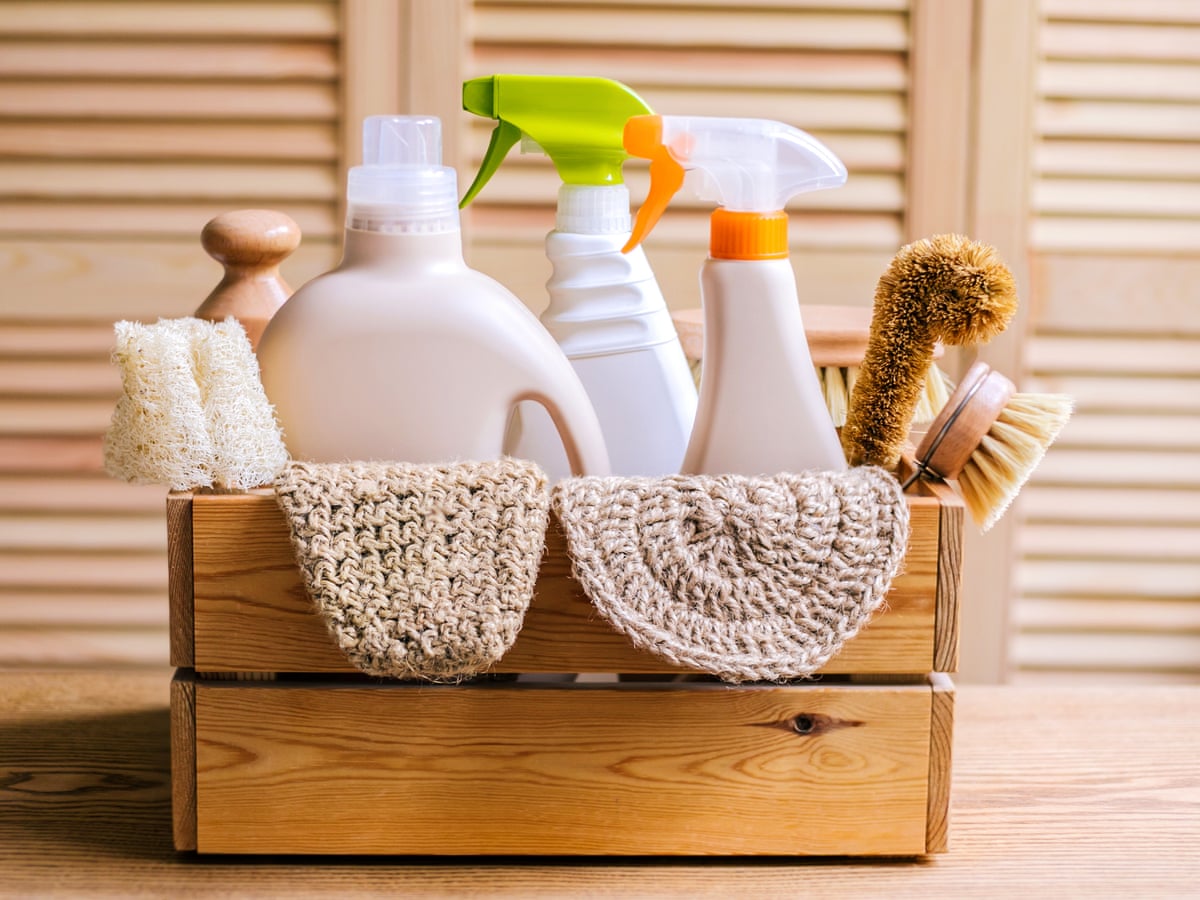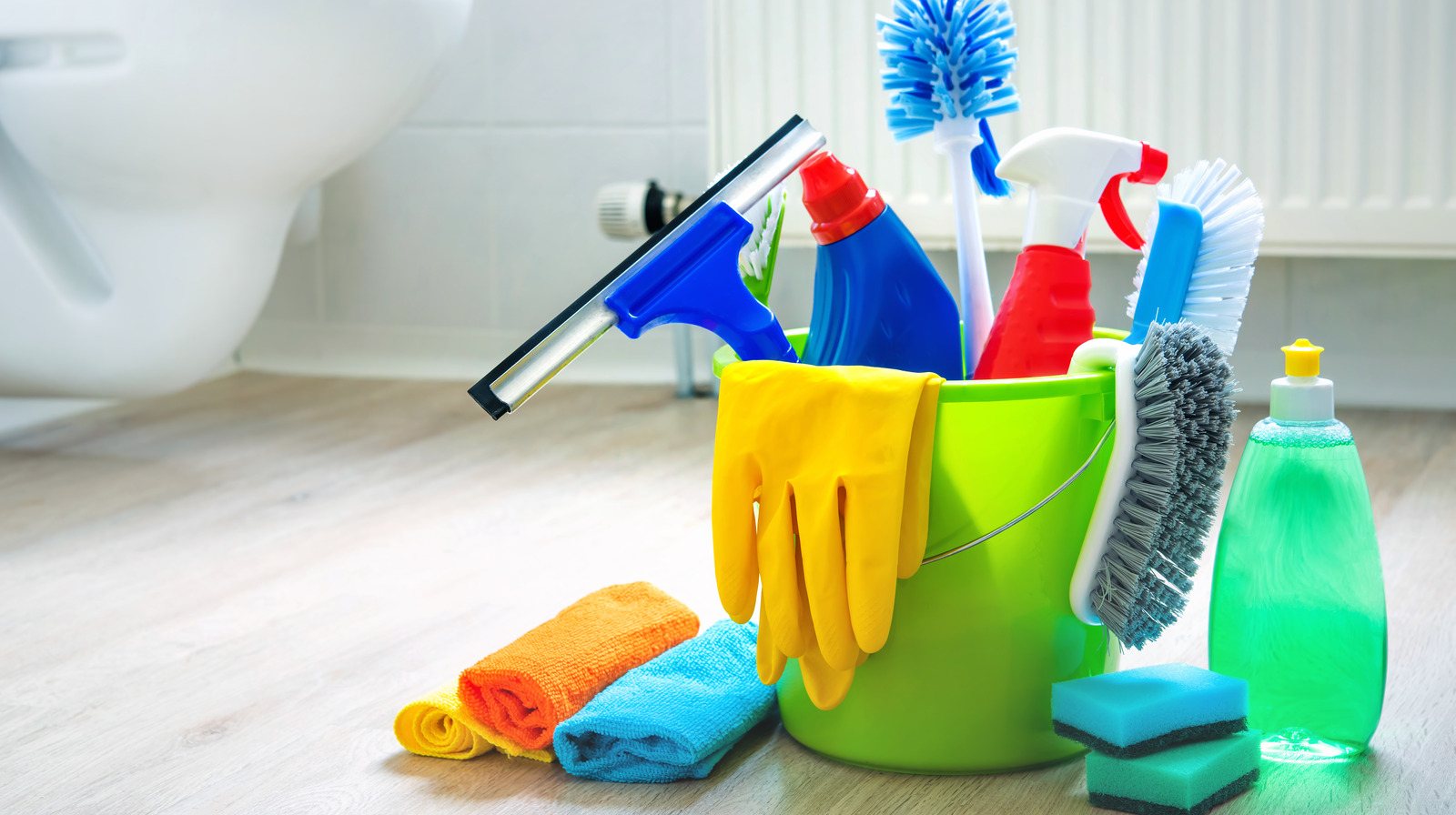Comprehensive Everyday Cleaning Tips: From Defrosted and Cleaned Every Few Months to Removing Clutter
Comprehensive Everyday Cleaning Tips: From Defrosted and Cleaned Every Few Months to Removing Clutter
Blog Article
Understanding the Demand for Thoroughly Sanitizing and Sterilizing Regularly Touched Surface Areas in High-Traffic Locations
In the realm of public health and wellness and security, the precise disinfection and sanitization of regularly touched surfaces in high-traffic areas stand as critical steps in avoiding the spread of dangerous virus. The importance of this practice extends far beyond plain tidiness, delving right into the realm of illness prevention and neighborhood health. By discovering the numerous elements of surface area disinfection, from the threats related to neglecting cleansing procedures to the reliable approaches that can be utilized, a clearer understanding emerges of the essential duty these practices play in safeguarding public health. As we navigate this discussion, it comes to be noticeable that the implications of thorough surface area disinfection resound not only within the boundaries of a details environment yet additionally reverberate on a wider range, affecting the health and wellness of individuals throughout diverse public setups.
Relevance of Surface Area Sanitation
Emphasizing the detailed sanitation of high-traffic surfaces is essential in preserving a sanitary setting and protecting against the spread of unsafe microorganisms. High-touch surfaces such as door takes care of, light buttons, elevator buttons, and countertops work as reproducing grounds for infections and germs. Normal disinfection of these surfaces is imperative to minimize the threat of contamination and transmission of health problems.
By executing a durable sanitation method, businesses and establishments can produce a much safer atmosphere for visitors, clients, and staff members. Proper surface area sanitation not just alleviates the spread of contagious illness yet also instills self-confidence in the sanitation and security of the facilities. This positive method demonstrates a commitment to health and wellness and health, which is particularly vital in high-traffic areas where the possibility of exposure to pathogens is increased.
Moreover, surface area disinfection plays a critical function in total infection control approaches. Combined with hand health methods, using masks, and preserving physical distancing, comprehensive sanitation of high-touch surfaces creates a detailed defense against the transmission of damaging microbes. Prioritizing surface area disinfection is a crucial component of an all natural approach to health and wellness and safety and security in shared rooms.
Threats of Neglecting Cleaning Practices
Overlooking detailed disinfection of high-traffic surface areas dramatically increases the risk of viral and microbial contamination, presenting a major threat to the health and wellness of individuals frequenting these rooms. Failure to execute appropriate cleansing techniques can cause the buildup and spread of harmful virus, including bacteria and infections, on often touched surface areas such as doorknobs, handrails, elevator buttons, and countertops.

Additionally, ignoring the value of detailed cleansing not only endangers the wellness of people but likewise undermines efforts to keep a tidy and hygienic setting. It is critical to identify the significance of correct sanitation methods in stopping the spread of infections and securing public health and wellness.
Reliable Sanitation Techniques
To keep ideal sanitation and lower the risk of contamination on high-traffic surface areas, employing effective disinfection techniques is essential. One of the most common and efficient sanitation approaches is using chemical disinfectants.
An additional effective technique is using UV-C light. UV-C light has been revealed to be efficient in eliminating a large range of bacteria by disrupting their DNA structure, therefore preventing them from reproducing. It is important to utilize UV-C light effectively, making sure that the right intensity and direct exposure time are applied to attain the preferred sanitation results.
Furthermore, utilizing steam cleansing as a disinfection method can be extremely efficient, specifically on surfaces that are heat-resistant. Vapor can permeate porous surfaces and kill microorganisms, viruses, and other pathogens effectively. When using vapor cleaning, it is necessary to make certain that the surface reaches the called for temperature level for a sufficient amount of time to assure proper disinfection.
Effect On Public Wellness
The maintenance of high standards of cleanliness and sanitation on high-traffic surfaces plays a critical function in protecting public wellness. Regularly touched surfaces in locations with high tramp, such as doorknobs, handrails, lift buttons, and washroom facilities, work as breeding grounds for harmful microorganisms. Stopping working to properly disinfect these surfaces can lead to the quick spread of transmittable illness within communities. By executing extensive sanitation methods, the danger of transmission of viruses, microorganisms, and various other bacteria can be dramatically decreased.
In high-traffic areas like flight terminals, institutions, medical facilities, and public transport systems, the effect of strenuous disinfection measures can useful link not be understated. Focusing on the sanitization of often touched surface areas is a proactive technique to promoting public wellness and improving the safety of individuals in common spaces.
Executing Regular Cleaning Up Procedures
Immediately instituting and sticking to a consistent schedule of cleaning procedures is extremely important for preserving the tidiness and security of high-traffic surfaces. Regular cleansing methods are necessary in stopping the accumulation of bacteria and microorganisms on regularly touched surface areas, particularly in areas with high foot website traffic. By executing a methodical method to cleaning, organizations can efficiently decrease the threat of illness transmission and develop a much healthier atmosphere for workers, clients, and the general public.
To establish an effective cleaning check my source timetable, it is critical to determine high-traffic locations that need constant interest. These locations might include doorknobs, hand rails, elevator buttons, restroom centers, and shared devices. Applying a routine cleansing program that targets these surfaces numerous times a day can considerably minimize the spread of dangerous microorganisms and infections.
Furthermore, making use of suitable cleaning agents and disinfectants is vital to making sure that surfaces are completely sanitized. Normal training of here are the findings cleaning up staff on proper cleansing methods and the relevance of adherence to the cleaning schedule is likewise crucial in keeping a sanitary setting. By prioritizing constant cleaning protocols, organizations can promote the wellness and well-being of individuals who engage with these high-traffic surfaces.

Verdict
In final thought, it is critical to prioritize comprehensive disinfection and sanitization of regularly touched surface areas in high-traffic locations to prevent the spread of harmful pathogens and keep public health and wellness. It is crucial to identify the importance of maintaining tidy surfaces in high-traffic locations to make sure the health of the neighborhood.
In the realm of public health and security, the precise disinfection and sanitization of regularly touched surface areas in high-traffic areas stand as critical procedures in avoiding the spread of damaging microorganisms. By checking out the different elements of surface area sanitation, from the threats linked with ignoring cleaning protocols to the reliable methods that can be employed, a clearer understanding arises of the crucial function these methods play in guarding public health and wellness.In addition, employing vapor cleaning as a disinfection method can be highly effective, particularly on surfaces that are heat-resistant. When using steam cleaning, it is crucial to make certain that the surface area gets to the called for temperature for an adequate quantity of time to assure proper sanitation.
In verdict, it is critical to prioritize comprehensive disinfection and sanitization of frequently touched surface areas in high-traffic locations to protect against the spread of hazardous pathogens and preserve public health and wellness.
Report this page